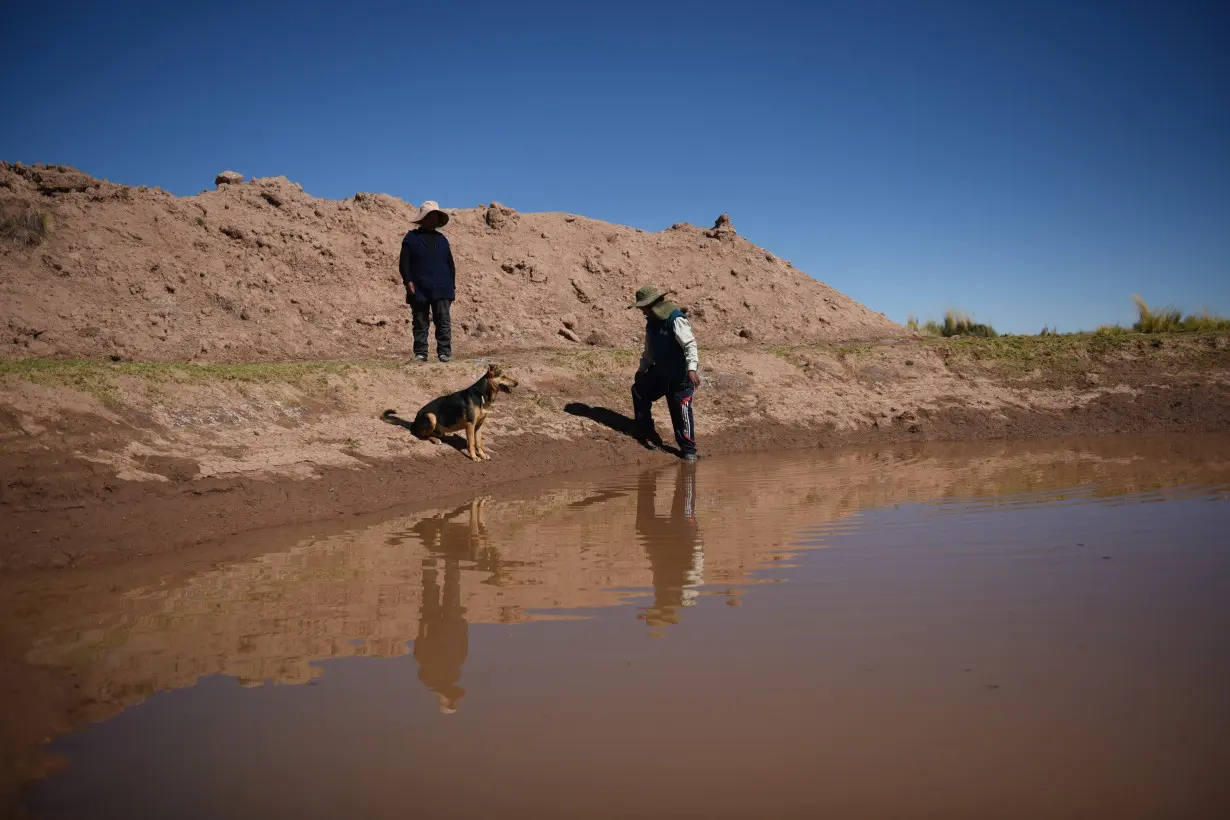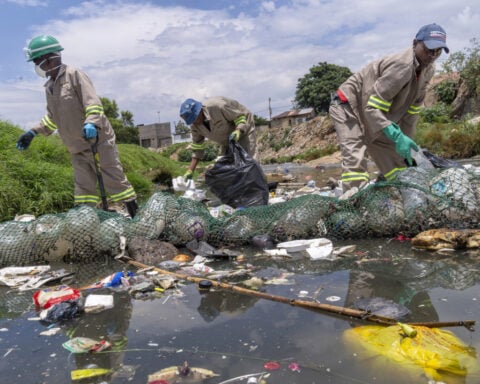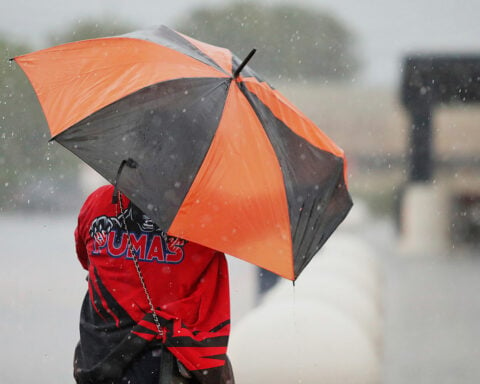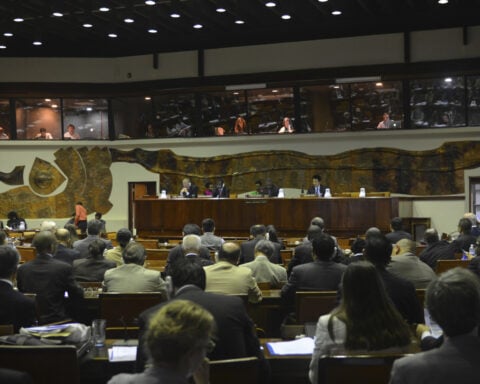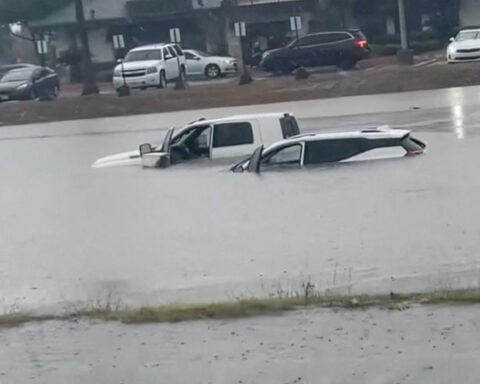By Santiago Limachi and Monica Machicao
ORURO, Bolivia (Reuters) - Bolivian ranchers Elizabeth and Edwin Churata are learning how to survive in a drier, hotter climate. They are adapting new water-storage techniques as their traditional ponds dry up, and changing how they feed their cattle and sheep.
They've had to adjust fast. In the past few years, the Churatas' farm in the highland Andean region of Oruro has been hit by climate phenomena known as La Nina and recently the reverse El Nino, the strongest one in 20 years.
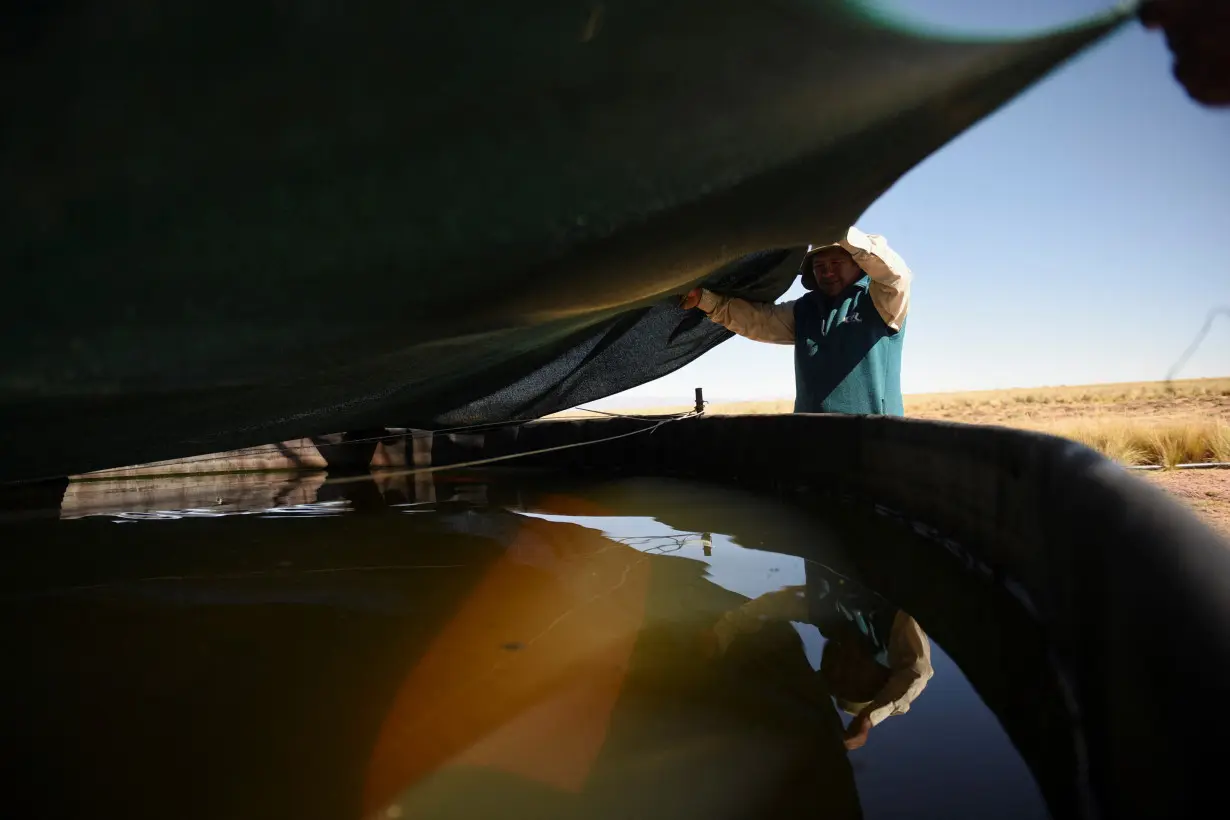
El Nino is associated with a disruption of wind patterns that means warmer ocean surface temperatures in the eastern and central Pacific. Around Oruro, it brought lower rainfall and higher temperatures, drying up feed crops, which led to around half of the region's livestock dying.
As the local climate has heated up over decades, rivers and lakes have also shrunk.
"At the moment there's no water because the Desaguadero River has got much lower. It's what provides us with water because the water from dug wells here is salty," Edwin Churata told Reuters at the farm, with sheep grazing behind him.
"We live off the water from the Desaguadero and the rain."
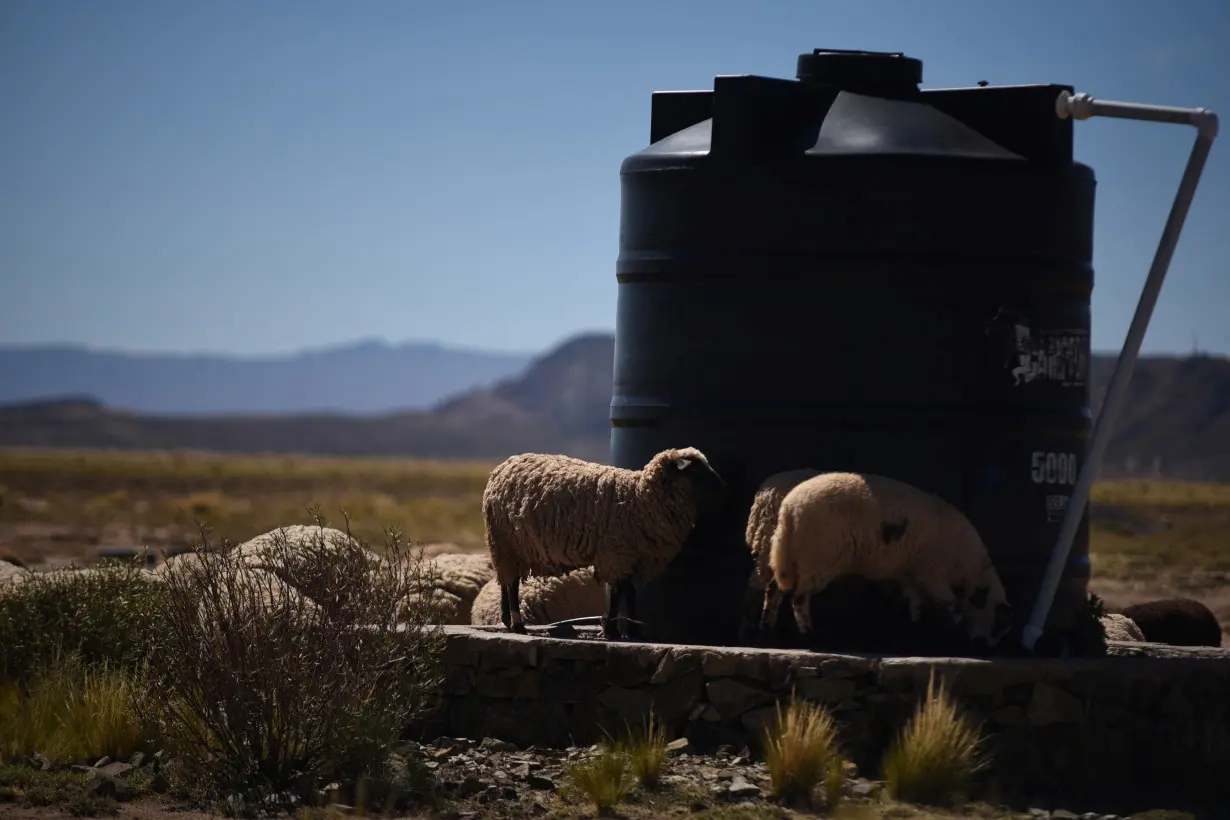
Landlocked Bolivia's highlands are a key region for cattle and sheep, as well as crops such as quinoa, barley and potatoes. Its challenges reflects wider ones for South America's farmers, dealing with drought and floods as weather becomes more extreme.
Bolivia has seen major lakes decline, including the giant Titicaca, Lake Poopo and Uru Uru, which are important reservoirs of water for farmers like Elizabeth and Edwin.
Many Bolivian farmers have for years resisted changing ancestral growing practices. They have traditionally relied on wild grasses to feed their animals, burning the grass stalks and praying for adequate rainfall.
But many are adapting under pressure, with training programs for farmers by bodies such as the United Nations Food and Agriculture Organization (FAO) teaching them how to build water tanks with wire frames and waterproof fabric.
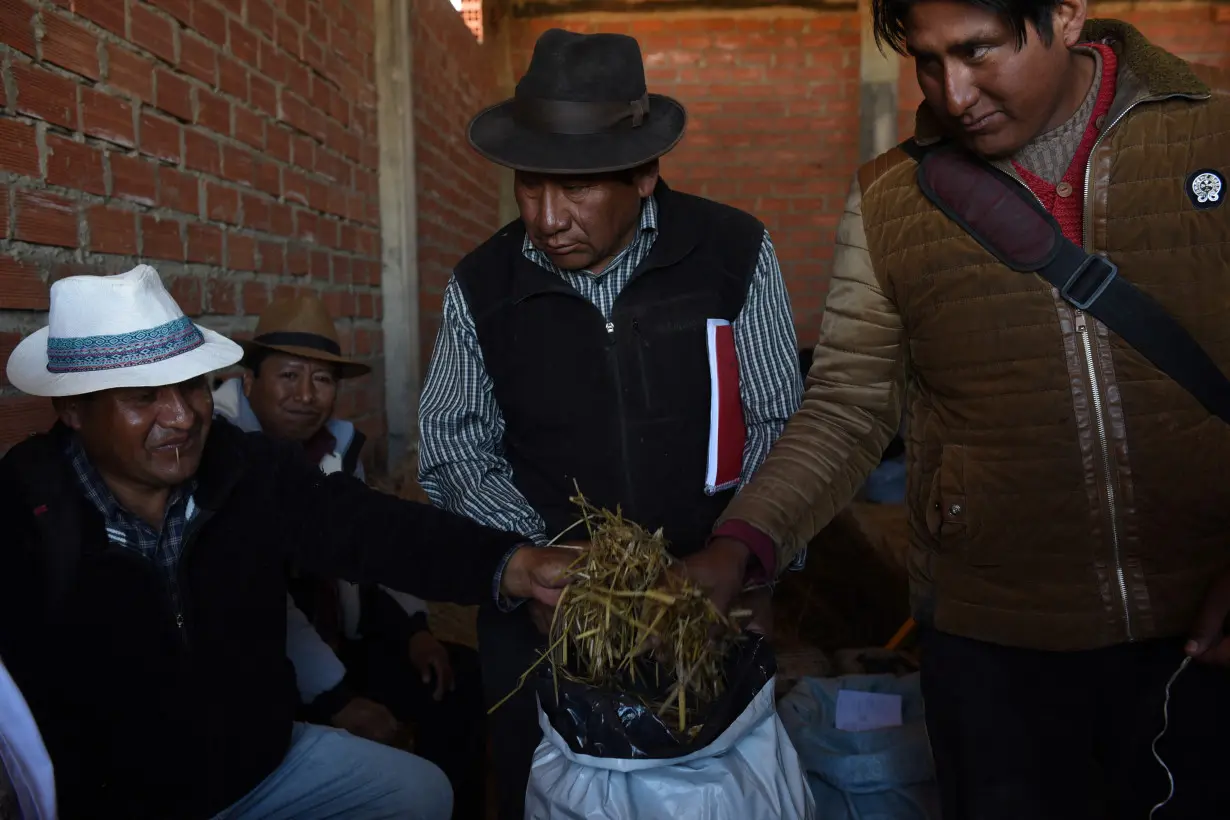
Grass reeds that farmers previously burned are now mixed with wild straw, flour, and brown sugar, producing animal feed that can store for months until winter, helping more livestock survive.
"In Bolivia and especially in this region, we have been very traditional in terms of the conservation of animal fodder and with livestock," said Efrain Apaza, a farmer in nearby El Choro.
"But we have been forced to change how we face things."
Mario Lubetkin, Latin America's representative at the FAO, said that the region was facing a confluence of factors that could make food growing more difficult, with rising costs and the effects of climate change.
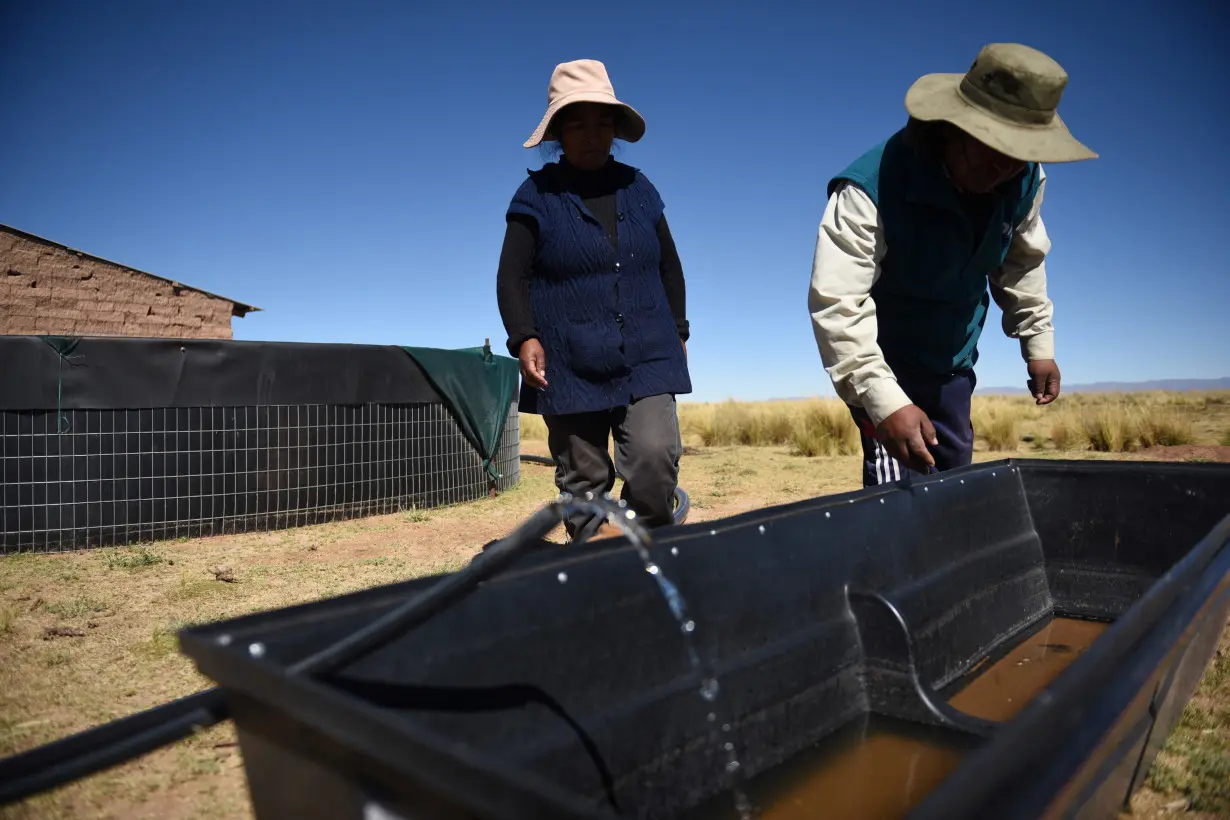
"It's a perfect recipe for disaster," he said.
(Reporting by Santiago Limachi and Monica Machicao; Writing by Adam Jourdan; Editing by Rod Nickel)

 Trump has begun another trade war. Here's a timeline of how we got here
Trump has begun another trade war. Here's a timeline of how we got here
 Canada's leader laments lost friendship with US in town that sheltered stranded Americans after 9/11
Canada's leader laments lost friendship with US in town that sheltered stranded Americans after 9/11
 Chinese EV giant BYD's fourth-quarter profit leaps 73%
Chinese EV giant BYD's fourth-quarter profit leaps 73%
 You're an American in another land? Prepare to talk about the why and how of Trump 2.0
You're an American in another land? Prepare to talk about the why and how of Trump 2.0
 Chalk talk: Star power, top teams and No. 5 seeds headline the women's March Madness Sweet 16
Chalk talk: Star power, top teams and No. 5 seeds headline the women's March Madness Sweet 16
 Purdue returns to Sweet 16 with 76-62 win over McNeese in March Madness
Purdue returns to Sweet 16 with 76-62 win over McNeese in March Madness
